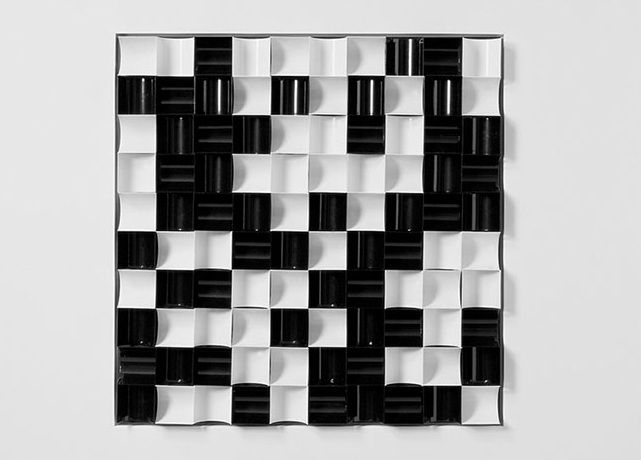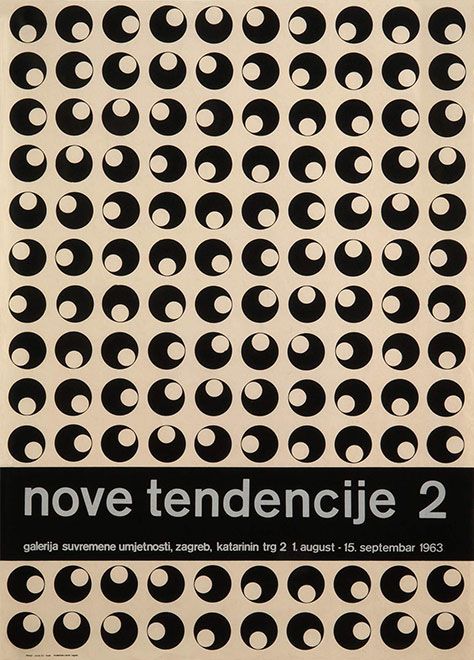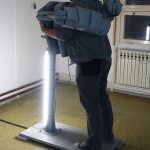An important recognition for the late Croatian artist.
The Museum of Contemporary Art (MSU) in Zagreb has presented a new exhibition of the Archives and Library of Ivan Picelj, a well-known Croatian modern artist, as well as the website devoted to the versatile artist who was inextricably linked with the Museum, reports tportal.hr on March 26, 2017.
Together with many collaborators who have worked on this import project about the life and work of Ivan Picelj, the website was presented by Snježana Pintarić, director of MSU, curator Anja Picelj-Kosak, and Nedjeljko Špoljar, the author of the website from the Sensus Design Factory Zagreb. The newly-presented website will provide a broader insight into the rich artistic legacy of Ivan Picelj, including the chronology of all his works, exhibitions, awards which he received, and a list of collections which include his works.

During the presentation, Snježana Pintarić announced that some of the key works of Ivan Picelj have been purchased by the Tate Modern from Great Britain, one of the world’s most important museums. The works in question are Picelj’s two reliefs from the 1960’s, Surface IX from 1962 and Suasum from 1965, and well as four New Tendencies posters and all seven editions of the “a” magazine.

The news that the works of Croatia’s great and extraordinary artist will become part of one of the world’s most important collections speaks volumes about the status of Ivan Picelj outside of Croatian borders.
The Archives and Library of Ivan Picelj, which is part of the MSU, in addition to a number of interesting and valuable documents and objects includes a significant collection of photographs consisting of several thematic groups – original photographs of Ivan Picelj, documentary photographs, family photos which reflect the spirit of the times, as well as photographs of Picelj’s works and exhibitions.
Ivan Picelj (1924-2011) was a Croatian artist with multiple talents and interests, who expressed his art equally successfully through the media of painting, sculpture, graphic art, and design. He studied at the Fine Arts Academy in Zagreb between 1943 and 1946, when he abandoned his studies and began to work as a free-lance artist. Picelj developed a specific form of geometric abstraction in Croatian art by using basic colours and the reduction of forms to geometric shapes, while the multiplication of the basic plastic unit within the regular surface grid was one of the fundamental procedures in his work. He worked in series in which he addressed particular constructivist problems. Perfection in the execution is typical of his works. He initiated many exhibitions, guest appearances, and projects founded on international collaboration with the aim of promoting constructivist art.








